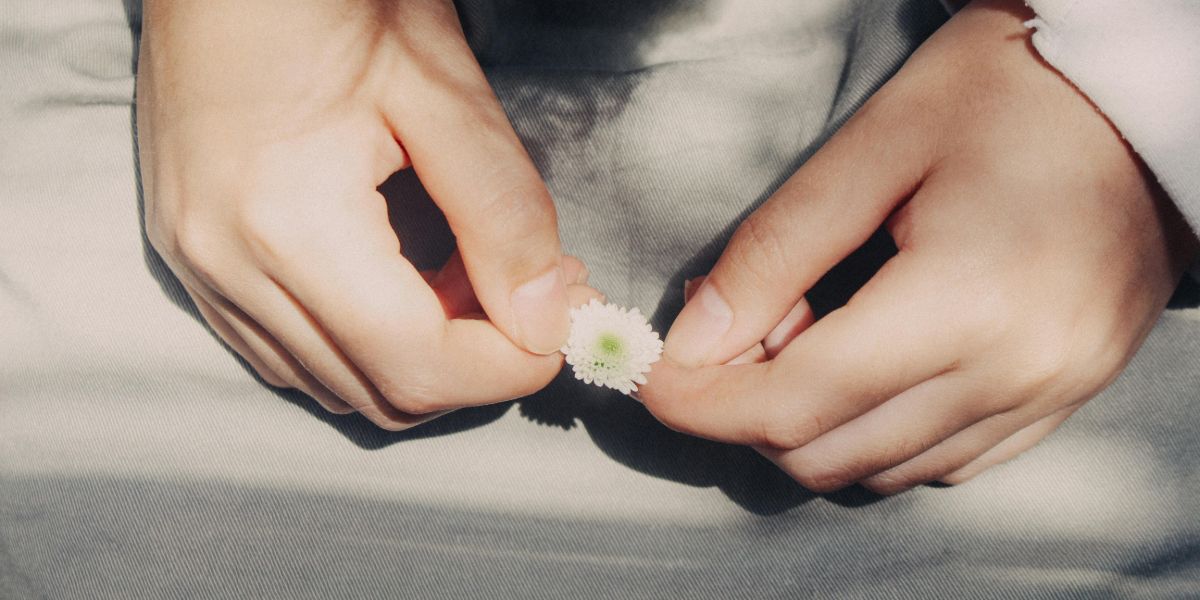Pink Cocaine: A Dangerous Designer Drug
Pink cocaine, also known as “tuci” or “tucibi,” is a synthetic designer drug that has gained popularity in recent years, particularly in nightlife scenes across Latin America, Europe, and the U.S. Despite its flashy name and vibrant color, pink cocaine is not related to traditional cocaine but is instead a mixture of various illicit substances like MDMA, ketamine, and other stimulants. Its unpredictable composition and growing association with celebrities have made it a dangerous yet trendy choice among partygoers.
The Allure and Rising Popularity of Pink Cocaine
The allure of novelty and exclusivity drives its appeal, making it especially popular among those in social circles where designer drugs are seen as status symbols. Law enforcement and drug experts are growing increasingly alarmed by its rising use, noting the potential dangers and unpredictability of synthetic concoctions.
The increasing prevalence of pink cocaine has been highlighted due to its role in recent celebrity headlines. in recent criminal charges against Sean “Diddy” Combs. These include accusations of drug trafficking, kidnapping, and running illegal “freak-off” parties where narcotics were distributed to participants. Among the evidence presented were narcotics, described as “pink powder” as well as firearms with scrubbed serial numbers.
Pink cocaine has also been tied to a fatal car crash involving 24-year-old Instagram model Maecee Marie Lathers. Lathers faces charges for a fatal hit-and-run incident that occurred on August 10, 2024 when she ran a red light and crashed her Mercedes-Benz into a Range Rover, which then struck a Suzuki, killing two people. After the crash, she attempted to flee but was stopped by bystanders. Bodycam footage shows her disoriented, making bizarre claims about aliens and the future. Lathers also admitted to being high on “pink cocaine”. Lathers, who also had a suspended license, faces charges including DUI manslaughter and vehicular homicide.
Their involvement highlights how celebrities and social media influencers may be contributing to the glamorization of the substance, amplifying its spread within popular culture.
What Exactly is Pink Cocaine?
Pink cocaine, also known as tusi, tuci, or tucibi, is a designer drug that is a mixture of different psychoactive substances. It’s commonly pronounced as “2C”. Despite its name, it rarely contains actual cocaine. The pink color comes from food coloring. It’s considered a “designer drug” and its exact composition can vary widely between batches.
- Ketamine: A dissociative anesthetic often found in pink cocaine.
- MDMA: Also known as ecstasy, this is another common component of pink cocaine.
- Methamphetamine: A powerful stimulant that is often part of the pink cocaine mix.
Where Did Pink Cocaine Originate?
Alexander Shulgin, a renowned chemist, created tucibi in the 1970s. Initially intended for medical use, it gained popularity as a party drug in South America and later spread to other regions. Its popularity skyrocketed in the 1990s, driven by high demand and the efforts of drug cartels to meet that demand.
What are the Effects of Pink Cocaine?
The effects of pink cocaine can be unpredictable due to the mix of stimulants and depressants. It poses significant health risks due to its unknown and variable composition. There are concerns about potential inclusion of fentanyl in some batches, which can be extremely dangerous.
Repetitive use of Tucibi is usually a product of other drug habits. Often, the addicted person is seeking something similar to cocaine, heroin, or some other drug of choice and accepts Tucibi as a substitute. This can lead to repeated use of this drug, which can lead to unpredictable behavior and sometimes exposure to deadly substances.
Is Pink Cocaine Legal?
The legality of “pink cocaine” is complex and varies by location. Generally, the term refers to a synthetic substance that may not be classified as traditional cocaine but could include a mix of various psychoactive drugs. Many of these substances fall under the category of designer drugs, which are often created to mimic the effects of illegal drugs while circumventing existing drug laws. Pink cocaine is generally known to have no medical uses.
In many jurisdictions, if the substance is found to contain illegal components or is classified as a controlled substance, it would be considered illegal. However, because “pink cocaine” is sometimes used as a catch-all term for various substances, its legal status can depend on specific formulations and local regulations. Always check local laws for the most accurate information.
Why is it Called Pink Cocaine?
The name “pink cocaine” primarily comes from the pink food coloring often added to the drug during its production, giving it its distinctive hue. While the drug is colloquially referred to as “tusi,” “tuci,” or “tucibi,” these names are believed to be derived from “2C,” referencing the 2C family of psychedelic drugs. However, despite the name association, pink cocaine rarely contains actual 2C substances, instead typically consisting of a mixture of MDMA and other synthetic stimulants.
- Pink Appearance: The use of pink food coloring during production gives the drug its trademark color and name.
- 2C Reference: The names “tusi” and its variants are linked to the 2C family of psychedelics, although pink cocaine doesn’t usually contain them.
- Misleading Branding: The name creates the impression of a link to the 2C drug family, but the actual content of pink cocaine is often unrelated to psychedelics.
Is Pink Cocaine Actually Cocaine?
“Pink cocaine” is not actually cocaine in the traditional sense. The term is often used to refer to a synthetic substance that may contain a mix of various psychoactive drugs, rather than pure cocaine. While some formulations might include substances that mimic the effects of cocaine, they can be chemically distinct and may vary widely in composition and potency.
The specific ingredients and effects can differ based on the source and formulation, making it a more ambiguous and potentially dangerous substance. It’s important to approach it with caution, as the lack of regulation and variability in composition can pose significant health risks.
What is a Designer Drug?
A designer drug is a synthetic substance that is chemically altered to mimic the effects of controlled or illegal drugs while avoiding legal restrictions. These drugs are designed to circumvent existing drug laws by modifying the molecular structure of known substances. They often aim to replicate the psychoactive effects of drugs like opioids, stimulants, or hallucinogens but can be more dangerous due to unpredictable side effects and potency. Common examples include synthetic cannabinoids and synthetic cathinones (often known as “bath salts”). Pink cocaine is considered a designer drug due to its variable composition.
- Created by tweaking chemical structures of known drugs.
- Typically not covered under current drug regulations at the time of creation.
- Often marketed as “legal highs” or under deceptive labels like “research chemicals.”
- Can be significantly more potent or toxic than the drugs they mimic.
- Risks include unknown long-term effects and inconsistent dosages.
Britney Elyse has over 15 years experience in mental health and addiction treatment. Britney completed her undergraduate work at San Francisco State University and her M.A. in Clinical Psychology at Antioch University. Britney worked in the music industry for several years prior to discovering her calling as a therapist. Britney’s background in music management, gave her first hand experience working with musicians impacted by addiction. Britney specializes in treating trauma using Somatic Experiencing and evidence based practices. Britney’s work begins with forming a strong therapeutic alliance to gain trust and promote change. Britney has given many presentations on somatic therapy in the treatment setting to increase awareness and decrease the stigma of mental health issues. A few years ago, Britney moved into the role of Clinical Director and found her passion in supervising the clinical team. Britney’s unique approach to client care, allows us to access and heal, our most severe cases with compassion and love. Prior to join the Carrara team, Britney was the Clinical Director of a premier luxury treatment facility with 6 residential houses and an outpatient program




